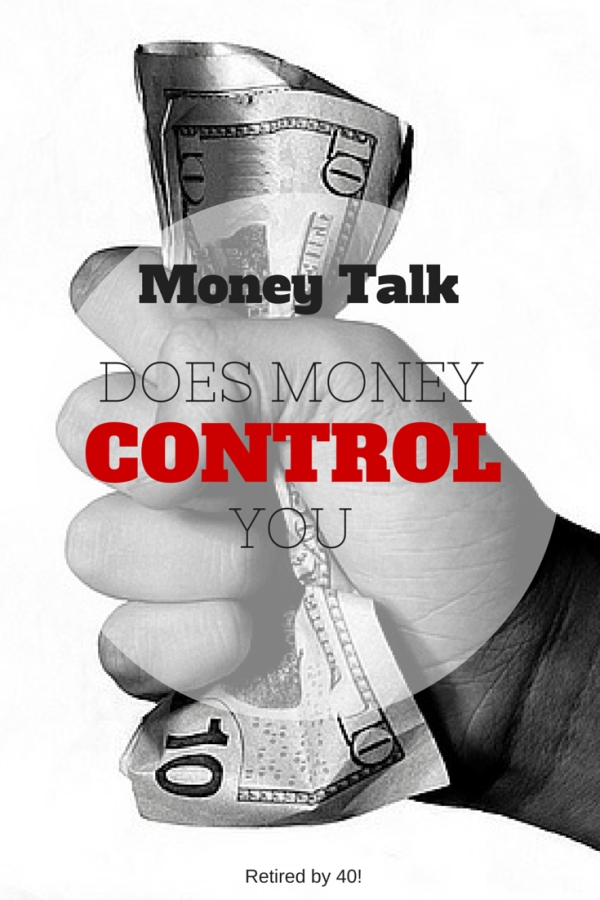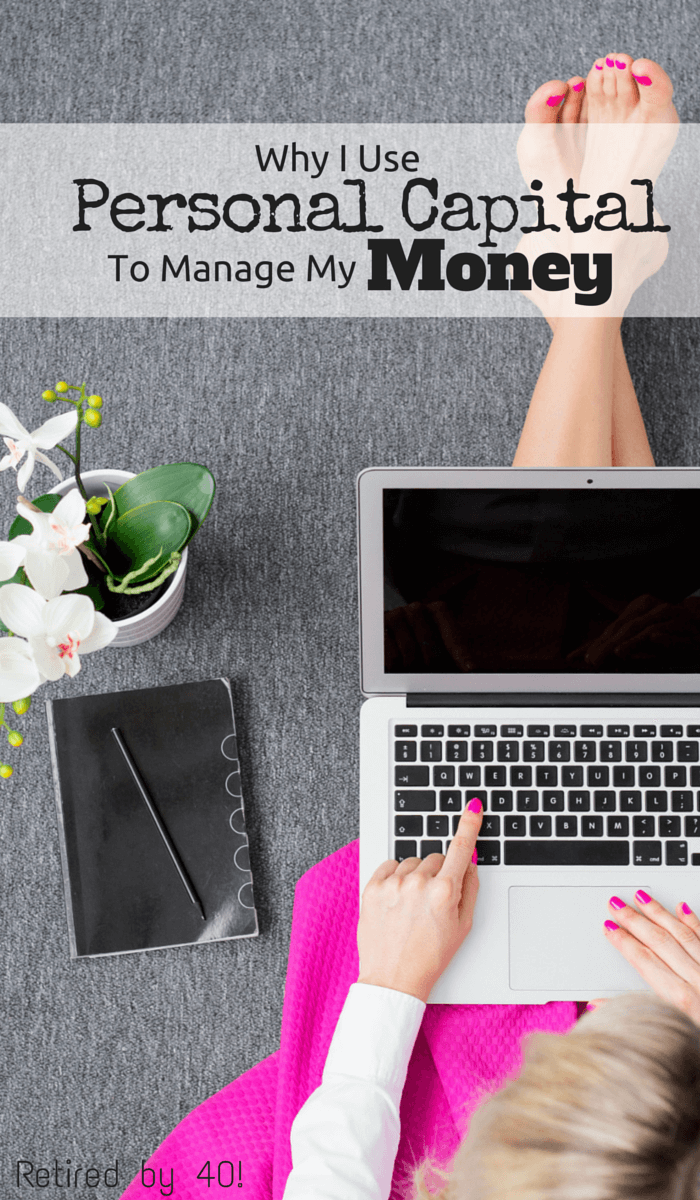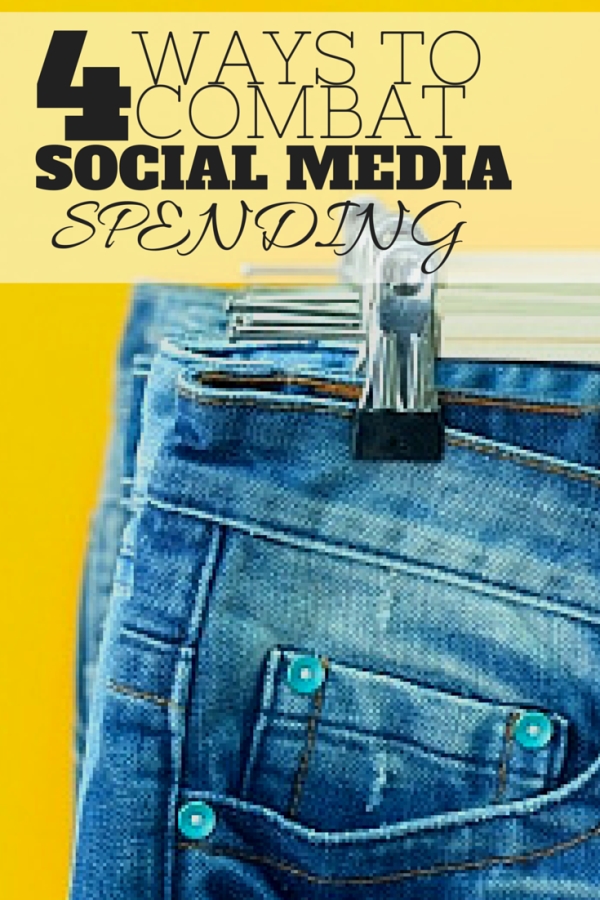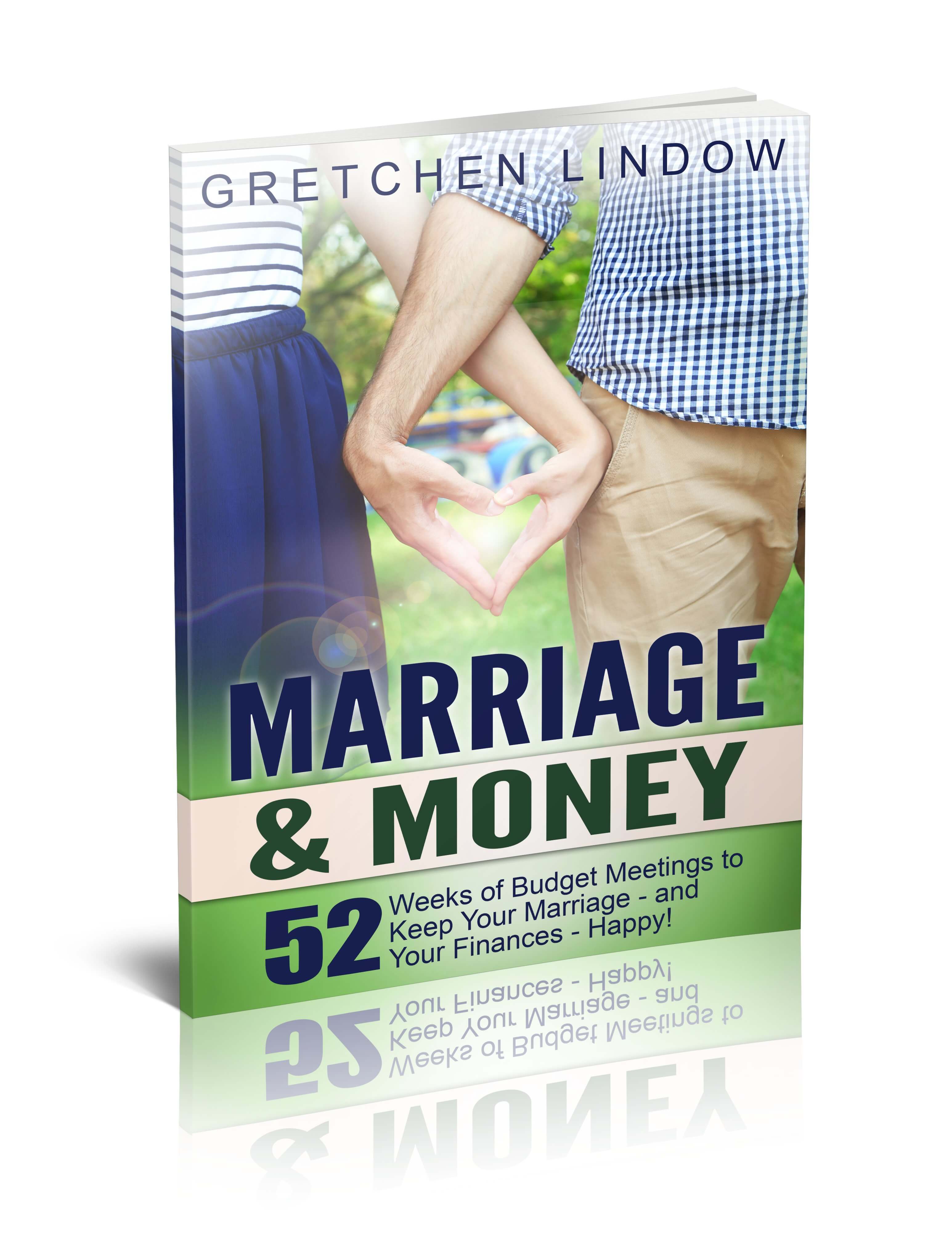I’m in Target. My cart is loaded down with cute new organizers for my office. They’re blue and match my bulletin board perfectly.
And they’re on clearance.
Of course I’m going to buy them.
As I’m standing in line I idly wonder as I browse Pinterest, what my total will be. So I start adding it up: $38.94. Not too shabby for organizing bins from target, but still.
That nagging voice in the back of my head says I don’t need to buy them. I have shelves that work just fine.
No, they’re not as pretty.
But they’re functional.
But I still REALLY want to buy them.
One more cart in front of me, and I’m torn.
So I open an investment calculator up on my phone. What if I walked away from buying these today, and instead invested that $38.94?
At 7% interest, after 10 years, we’re looking at $76.00
Still want to buy them – $76 isn’t really that much money.
After 20 years, we’re looking at $150.69
20 years is a freaking long ways away.
After 40 years, it will be $583.14
I whip my cart around, “Excuse me’s” all around to those behind me in line.
I admit, I lie and say – “I forgot something”
Yeah, I’m not spending that money.
How can you apply this?
Download a compound interest app:
There are many free options available, and quite frankly, any of them will work. Simply plug in the amount of your purchase, a 7% interest rate, and how many years. I suggest using 40 years to get the maximum impact.
Would doing this help deter your from making a purchase? Have you ever tried something like this?
*This post may contain affiliate links















Its a great idea of what you could get in return for the items you buy. I don’t typically do it that exact way but I have a similar mindset when I’m out shopping. Usually I figure out how much it is, and then decide ok, well what bill would this pay or if I used this $40 towards my credit card or student loan payment, how much faster would I be debt free. Usually (especially with big purchase items) I can convince myself otherwise!
Ooh – so smart! I’ll bet you could just do a rough calculation in your head and convince yourself to forego a purchase. I’m pretty good about not buying stuff I don’t need, but Target is definitely my weakness!
This does seem like a good trick. I do tend to take anything that is not a planned purchase and multiply it by 12 to get a year’s cost. Even for something like your example because every month it is a new “something” I need. This month it is the organizing bins, next month would be a new purse and then a month of new sheets. I’m not saying that you should never buy these things but if you are honest with yourself then you know when you really need to spend the money. (Procrastinated long enough on new sheets awhile back and it turned out that a friend was giving her extras away…free!) The only problem I have with this approach is that if you are never investing the money then calculating how much interest you would earn on it is a mute point. So do use this to set a goal for paying off debt or investing instead is my thought. We save up to avoid paying interest on car loans but I would love to see us do more with the money we save up too.
I love this blog and need to follow it! THank you!
In 1965 dollars, $38.94 would be worth $293.97 in today’s dollars, with inflation. If we assume that inflation will continue at the same rate (which is clearly an untrue assumption), then your $583.14 today would be worth the equivalent of $77.24 in 2065 dollars. That means your actual savings is closer to $40 than to $540.
And that’s assuming you can actually get 7% interest – which is far from guaranteed.
If it talked you out of making an unnecessary purchase, great. But would you have still foregone that purchase if you knew you were only saving $40?
Whoops – A correction. I thought you’d said 50 years. So, with 40 years taken into account, this is how it breaks down:
$38.94 in 1975 = $172.12 in 2015
Assuming a static inflation rate (which, again, isn’t going to happen – it might be more, it might be less)
$540 in 2015 = $122.17 in 2065
That is also assuming a steady 7% return which, again, isn’t going to happen.
Your savings = about $82 ($122.17 – the estimated ‘real’ value of your $540 – minus $38.94 – the value in today’s dollars of your purchase)
Which is clearly better than the $40 I figured on investing the money over 50 years; but still equates to saving roughly $2/year.
In my experience once you can keep yourself from making unnecessary purchases, that momentum builds on itself and you end up saving more money; and if this is a trick you can use to keep from making purchases in the first place, great; but you’re not going to get rich by investing ‘splurge’ purchases instead of spending the money, unless of course you make a massive amount of splurge purchases. At best, that $80 you’re saving might buy a couple of weeks of groceries, 40 years from now. Sure, it’s $80 you wouldn’t have had if you bought the item; but you also don’t have the happiness from having those items on your shelf.
The real question, then, and it is one that only you can answer, is, What is the dollar term of the happiness you’d place on those items? Clearly you wouldn’t keep them for 40 years; fashions change so much, in a maximum of 10 years you’d want to replace them; so assuming you saved $80, would those items have brought you $8 of happiness a year? (Another way of thinking about it – Would you rather have 2 extra trips to Starbucks or would you rather have the items for your office?) Remember happiness is a diminishing return; the first year they might have brought you $60 worth of happiness, so over the following 9 years would they have brought you $20 worth of happiness; etc. It’s a calculation only you can do. If they wouldn’t have brought you the equivalent $80 of happiness you made the right decision; if your happiness would’ve added up to more than $80 over the life of the item, you made the wrong decision.